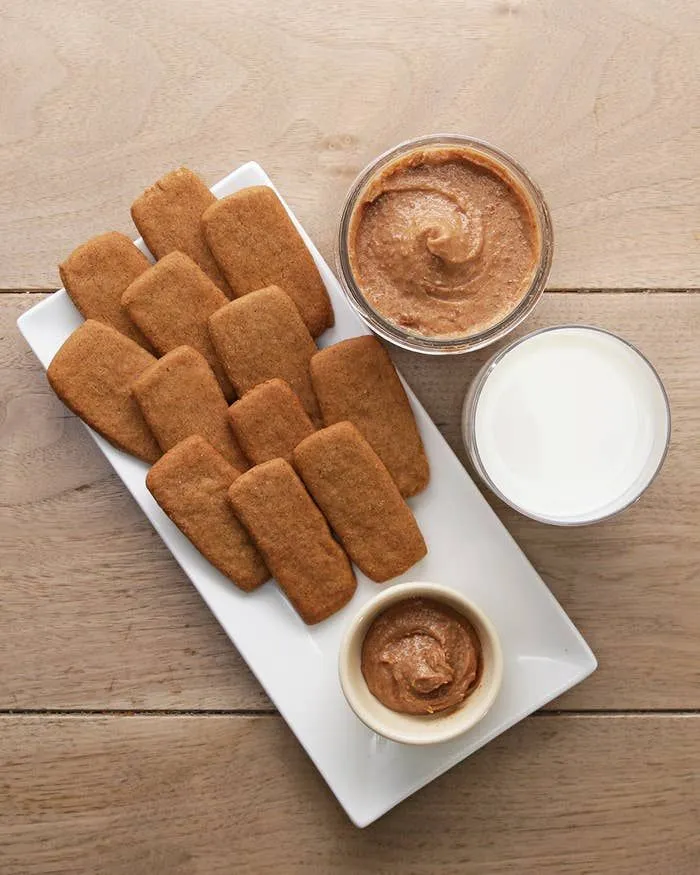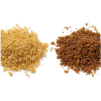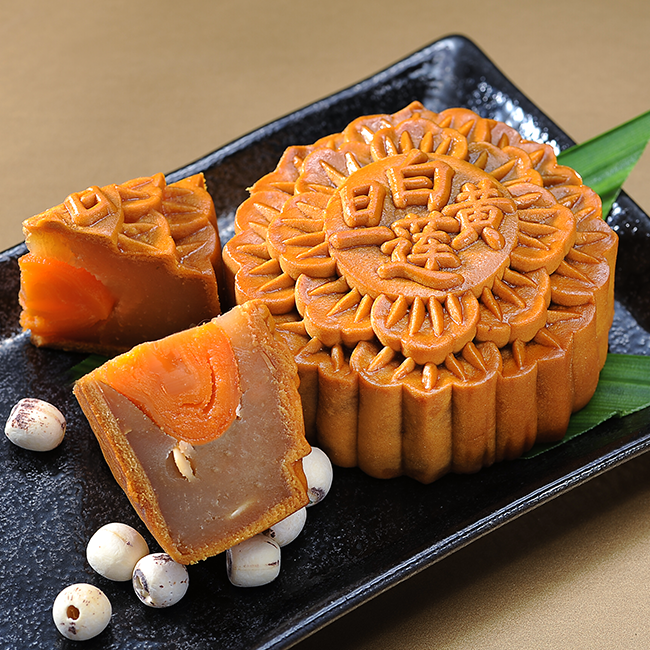The Allure of Belgian Speculoos: A Sweet Cultural Tradition
Belgian speculoos, a delightful spiced biscuit, represents the heart of Belgium’s culinary tradition. With a unique blend of spices and a rich history, these cookies symbolize cultural heritage and celebration. Let’s explore the fascinating world of this treat, focusing on its origins, traditional recipes, and its role in modern cuisine.
A Brief History of Speculoos
Speculoos has its roots in Belgium, dating back to the Middle Ages. Bakers made these cookies to celebrate St. Nicholas Day. Monks originally crafted them, using simple ingredients and intricate designs. The name comes from the Latin word “speculum,” meaning “mirror,” which refers to the beautiful patterns on the biscuits. Over the years, these cookies have become a beloved treat for various festivities.
The Unique Flavor Profile
What sets this biscuit apart? Its distinctive flavor. Bakers blend cinnamon, nutmeg, cloves, and ginger to create a warm, aromatic experience. Sweet sugar enhances the spices, making each bite a cozy journey through a spiced landscape. This unique combination has made the cookies a favorite not only in Belgium but around the world.
Crafting the Perfect Speculoos
Making speculoos requires careful preparation and precise baking. Bakers roll out the dough and press it into carved wooden molds, creating beautiful shapes. This artisanal approach highlights the craftsmanship involved in producing these biscuits, showcasing skills passed down through generations.
Speculoos in Modern Culture
Today, speculoos has evolved, finding a place in contemporary cuisine. People enjoy it with coffee, and chefs incorporate it into ice cream, making it a versatile ingredient. The popularity of speculoos spread has captured the attention of dessert lovers globally, adding a delicious twist to various confections.
A Symbol of Belgian Identity
This treat represents more than just a biscuit; it embodies Belgian identity and pride. Festivals and events celebrating this beloved cookie occur throughout the country, showcasing its importance in local culture. Whether enjoyed during festive occasions or as a daily snack, speculoos continues to bring people together, reflecting the warmth and hospitality of Belgium.
Conclusion: The Enduring Legacy of Speculoos
In conclusion, Belgian speculoos offers a delightful blend of history, culture, and flavor. Its rich heritage and evolving role in modern cuisine make it a timeless treat. As you savor this delicious snack, you partake in a cherished Belgian tradition that continues to thrive.
Discover Traditional Belgian Recipes Discover Traditional Recipes from Europe You may like this also: Dutch Oliebollen
Belgian Speculoos
Ingredients
Instructions
-
Preheat your oven to 180°C (350°F). Line baking sheets with parchment paper.
-
Cream together the softened butter and brown sugar in a large bowl until smooth and creamy.
-
Add the egg to the butter-sugar mixture and beat well until fully incorporated.
-
In a separate bowl, sift together the flour, baking powder, cinnamon, nutmeg, cloves, ginger, and salt.
-
Gradually add the dry ingredients to the butter mixture, mixing until a smooth dough forms. You can use a spatula or your hands for this step.
-
Divide the dough into two equal parts. Flatten each part into a disk, wrap them in plastic wrap, and chill in the refrigerator for at least 30 minutes.
-
Roll out each disk of dough on a lightly floured surface to a thickness of about 5mm (1/4 inch).
-
Cut out shapes using speculoos molds or cookie cutters. Traditional shapes include windmills, St. Nicholas figures, or simple rounds.
-
Place the shaped cookies on the prepared baking sheets, leaving a little space between each cookie.
-
Bake in the preheated oven for 12-15 minutes, or until the edges are lightly browned.
-
Remove from the oven and let the cookies cool on the baking sheets for a few minutes before transferring them to a wire rack to cool completely.
-
Enjoy your homemade Belgian speculoos with a cup of coffee or tea. Bon Appetit!
















